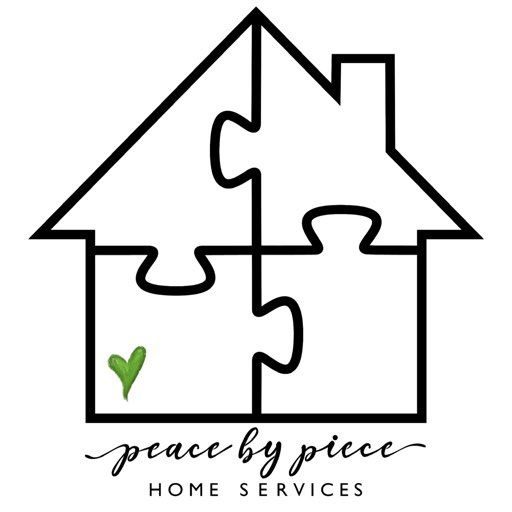Organizing tips


What to do with all my kids’ artwork
When our children are young, the amount of art projects they bring home (or create at home) can be overwhelming! Most of it can just
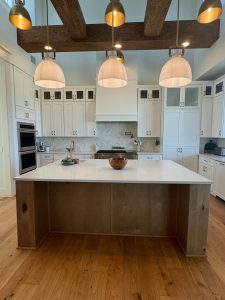
Elevate your mood by improving your surroundings
It’s the perfect time to freshen up your space. Reclaim those cluttered areas of your home and…get organized!! Ready for a paradigm shift, a mood-booster,
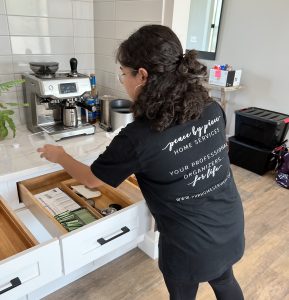
Exercise hospitality. Have people over!
Are you familiar with the feeling of being overwhelmed and scrambling right before a guest comes over? Trying to make sure your house looks “just
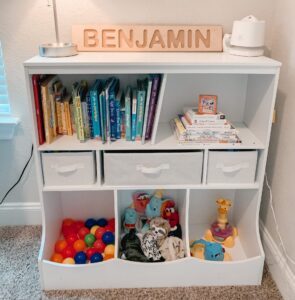
Teach the kids by getting them involved in the process
Tidying up your home to set yourself up for a great week can be so helpful. Your future self will thank you for being so
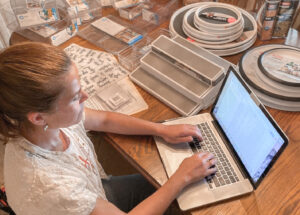
A Real Organizing Story
I HAD a plan. The mission was To serve a large family with a whole-home “purge and pack, unpack and organize” project. The trouble was

Cultivating genuine community
I have a treasured neighbor who invites me over for coffee visits. She has a way of making people feel valued, loved and cared for.
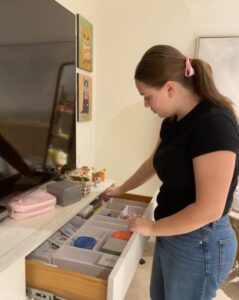
Discovering The Power of Habits
Have you heard of the book “Atomic Habits” by James Clear? Hello! Go read it! End of email. No, not really. I still want to offer

Prepare for a peaceful Christmas
As we enter into the month of December, I wanted to encourage you to sit down, breathe and assess your priorities. It is SO easy

Ask the organizer!
Question: I have so many things that have value & can be sold. However, that takes time & energy that I don’t have. My husband
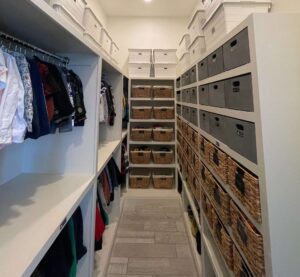
Three steps to organize any space
Start Small. Just take one little baby step toward your organizational goal. Perhaps today it’s your car, pantry or your nightstand. 1. Empty Simply clear
